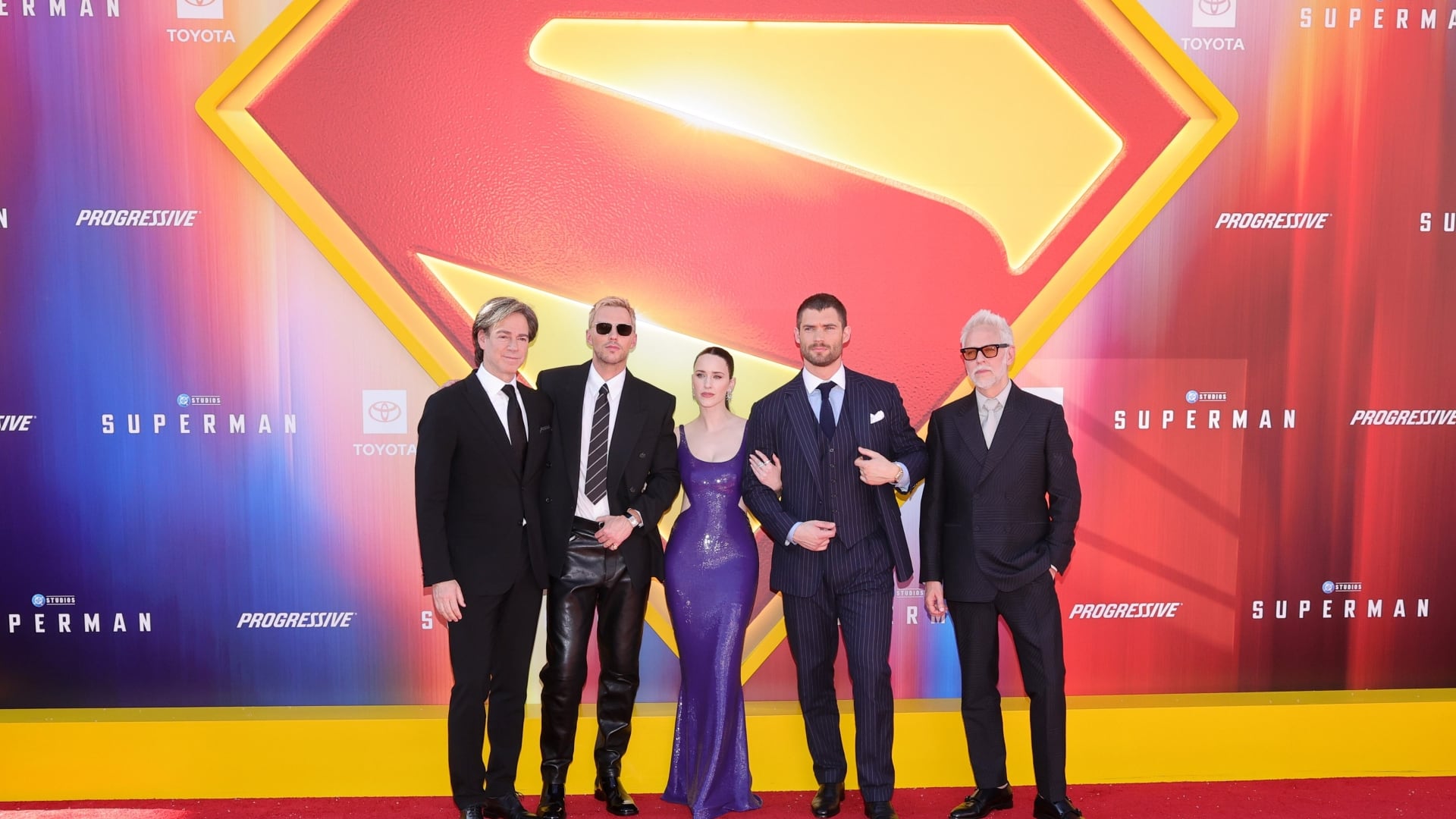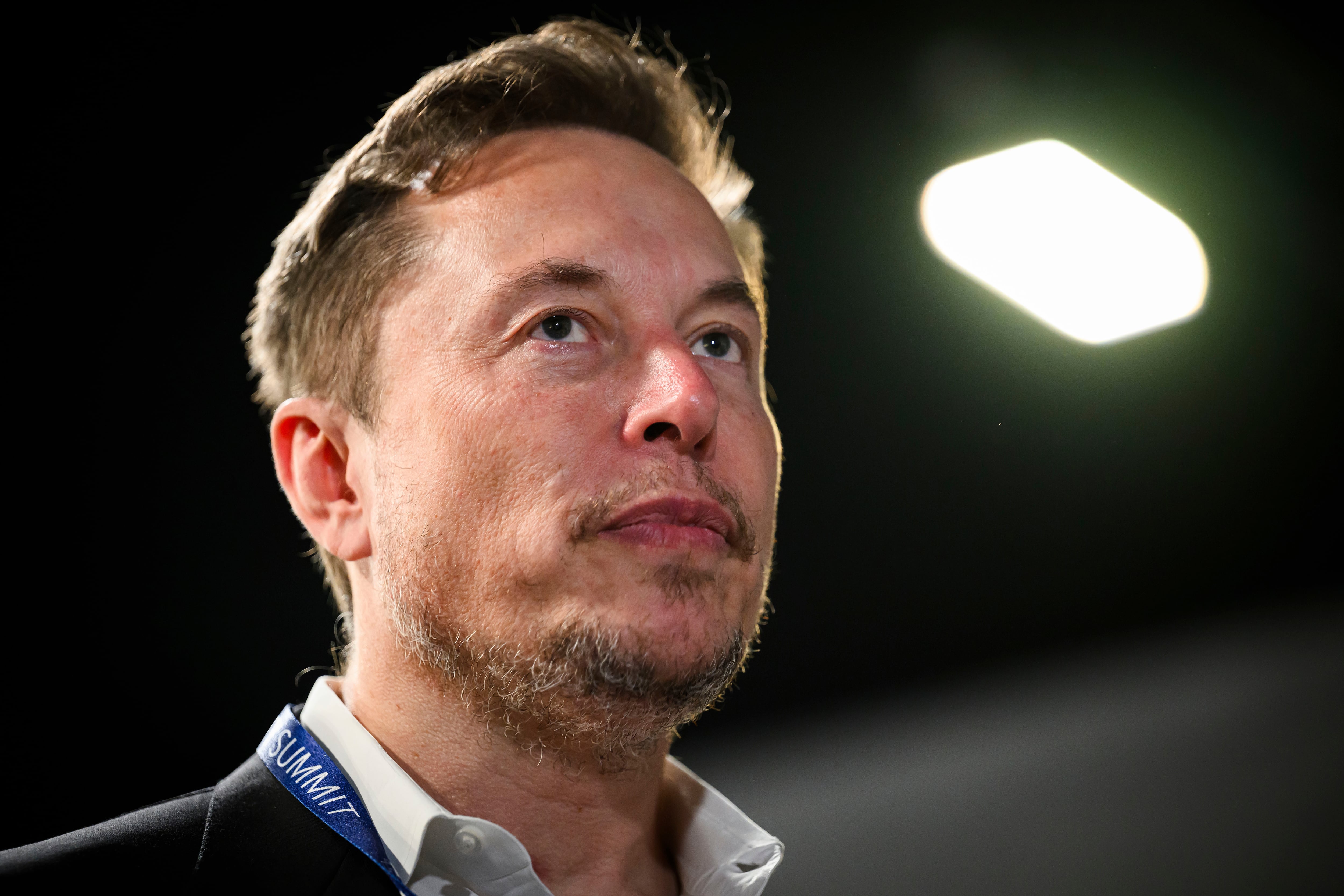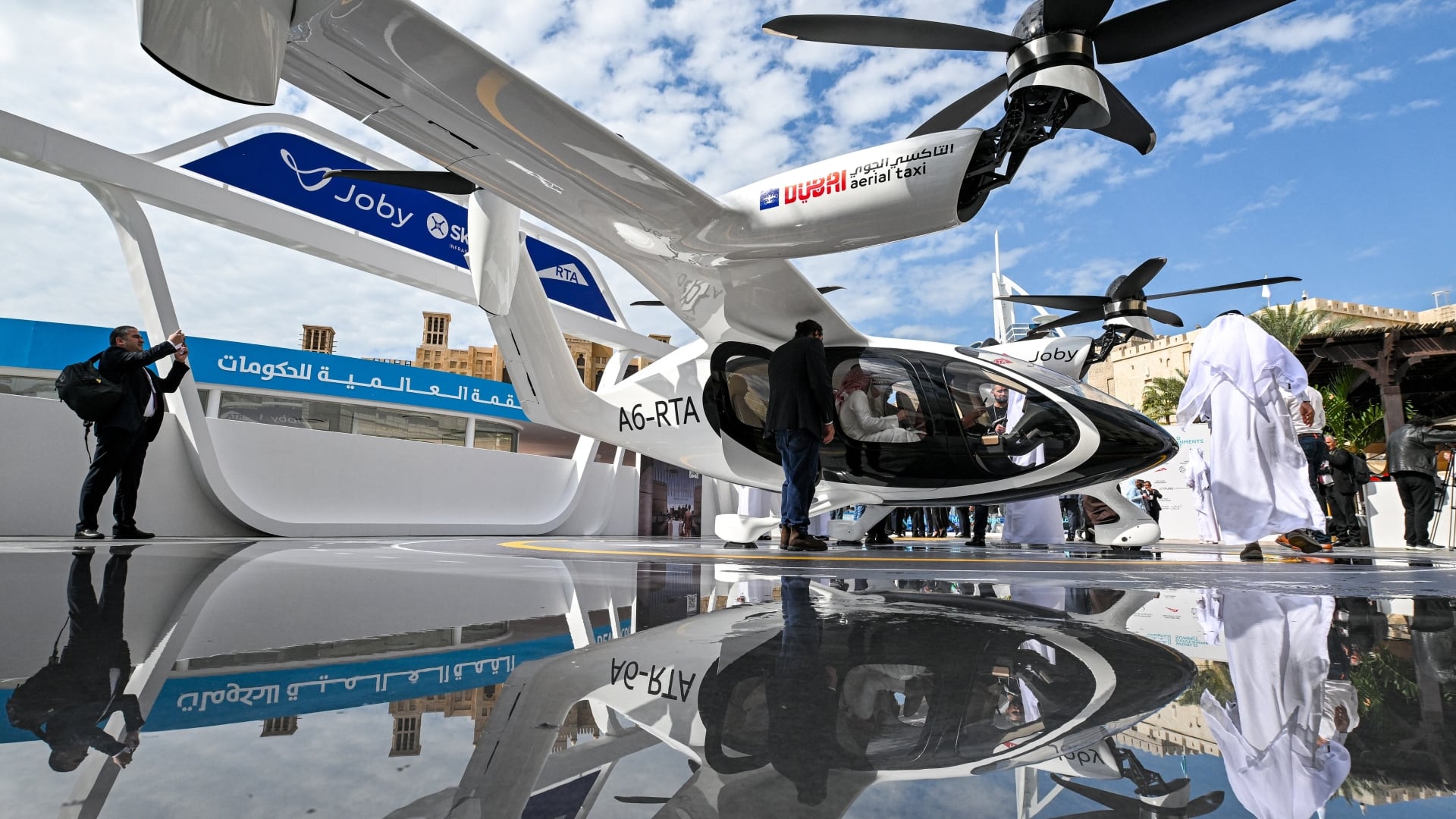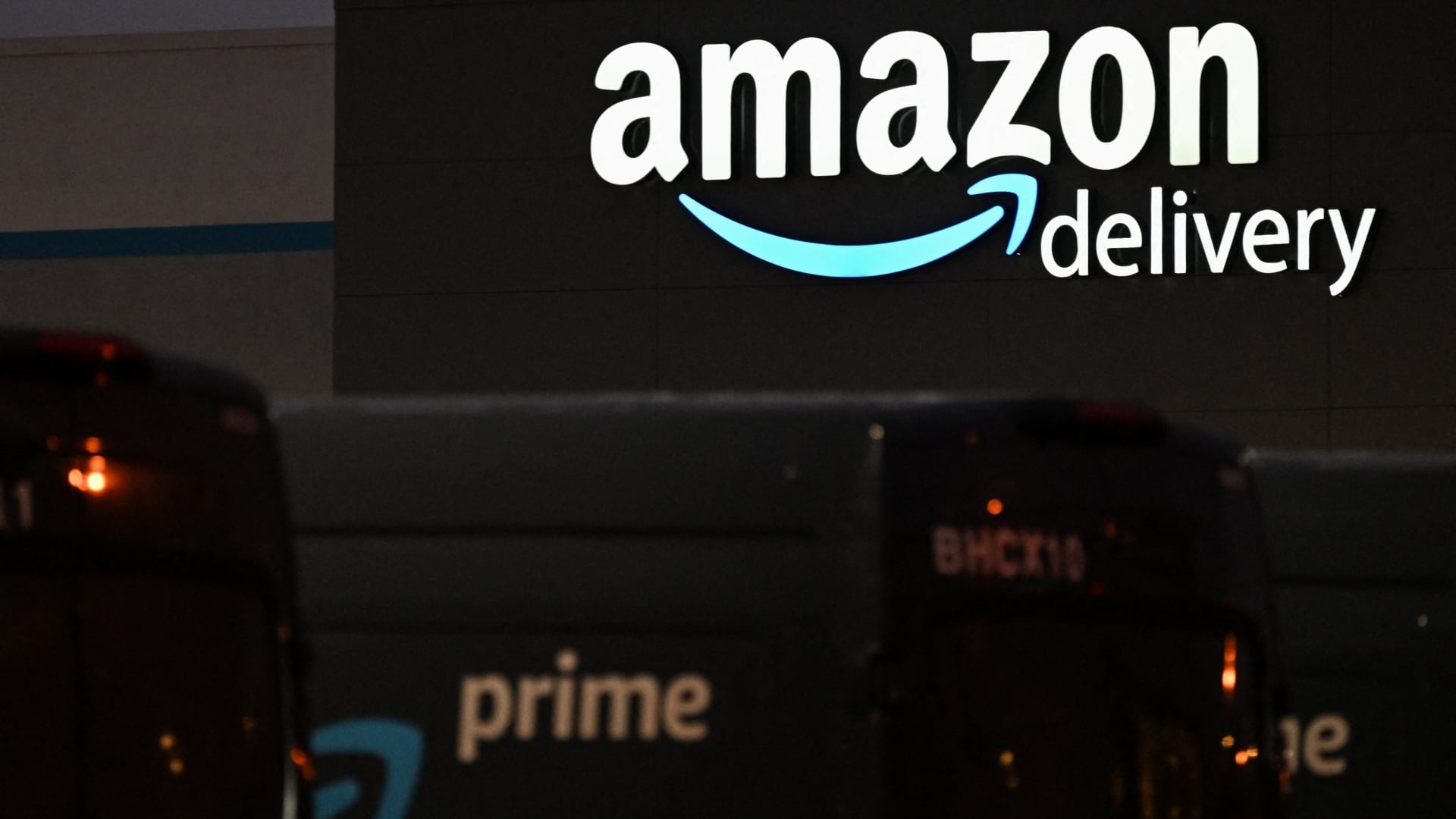By Tom Krisher
With manufacturing kinks still to be worked out, Tesla delivered the first dozen or so of its futuristic Cybertruck pickups to customers Thursday, two years behind the original schedule amid uncertainty over when large-scale production will begin.
CEO Elon Musk showed off the angular electric trucks with an event at the company's factory outside of Austin, Texas, that was broadcast on X, the social media platform formerly known as Twitter that he bought last year.
The ceremony started with Musk driving the truck on a stage in darkness and hopping into the bed to talk about it.
“It's the most unique thing on the road," he said. “Finally the future will look like the future.”
The truck is aimed at the most profitable part of the U.S. auto market that's now controlled mainly by Ford, General Motors and Ram truck maker Stellantis. But since Musk unveiled it four years ago, all three Detroit automakers have shown electric trucks of their own. Ford and GM and upstart Rivian already have trucks on sale, and the electric Ram is due out early next year.
Ford's F-Series pickups are the top-selling vehicles in the nation, followed by GM's Chevrolet Silverado and Stellantis Ram pickup. Combined, the Detroit automakers sold nearly 1.7 million big pickups through October at prices that can reach more than $100,000 per vehicle.
Musk said the Cybertruck's body is made of a stainless steel alloy developed by Tesla. The body panels had to be angular because they can't be stamped by a conventional press, he said. Stainless steel, he said, has no corrosion and doesn't need paint, but can still be mass produced.
The truck, he said, has 17 inches (43 centimeters) of ground clearance to drive off the road, and it can go from zero to 60 mph (97 kilometers per hour) in 2.6 seconds. It has four-wheel steering, with steering effort that changes based on the truck's speed. It can carry more than one ton in its bed and tow over 11,000 pounds (5,000 kilograms), Musk told the crowd.
Musk showed videos of the truck beating a Porsche 911 in the quarter mile, while the Cybertruck was towing another Porsche on a trailer. Another video showed it out-towing a Ford Super Duty pickup.
When Musk unveiled the truck four years ago, he said production would start in 2021.
But on the company's earnings conference call in October, Musk lamented how hard it as been to produce the innovative truck with a body made of hard-to-bend stainless steel.
“We dug our own grave with Cybertruck,” said Musk, who added that he didn’t think the company would reach its production target of 250,000 per year until 2025.
On the call, he told investors he wanted to temper expectations for the new trucks, citing "enormous challenges” to mass producing them. It also will be hard to generate cash flow while selling the trucks at a price people can afford, Musk said. He estimated it would take 18 months to a year before the truck produced significant positive cash flow.
No price information was given on Thursday.
“We have over 1 million people who have reserved the car, so it's not a demand issue,” he said. “But we have to make it and we need to make it at a price people can afford. Insanely difficult things.”
Tesla, Musk said, could easily have produced trucks similar to those already on the market, but he wanted to make something innovative and special.
“Special products that come along once in a long while are just incredibly difficult to bring to market to reach volume, to be prosperous,” he said.
He expects an upcoming lower-cost Tesla car to be more conventional and thus much easier to build.
When the truck was unveiled in 2019, Tesla said the base version would start at $39,900, with a tri-motor, long-range model costing $69,900. The truck was to have a range of 250 to 500 miles (400 to 800 kilometers) per electric charge.
During the ceremony, Musk repeated a stunt that went awry at the Cybertruck unveiling in 2019 when a Tesla executive hurled a softball-sized metal ball at a prototype’s supposedly shatterproof windows. The glass spider-cracked.
On Thursday an executive threw a baseball at the windows and they didn’t crack.
At the delivery ceremony, a line of trucks drove to a stage, where buyers met Musk for pictures, and he escorted them to the vehicles. In most cases, they got into the passenger side.












